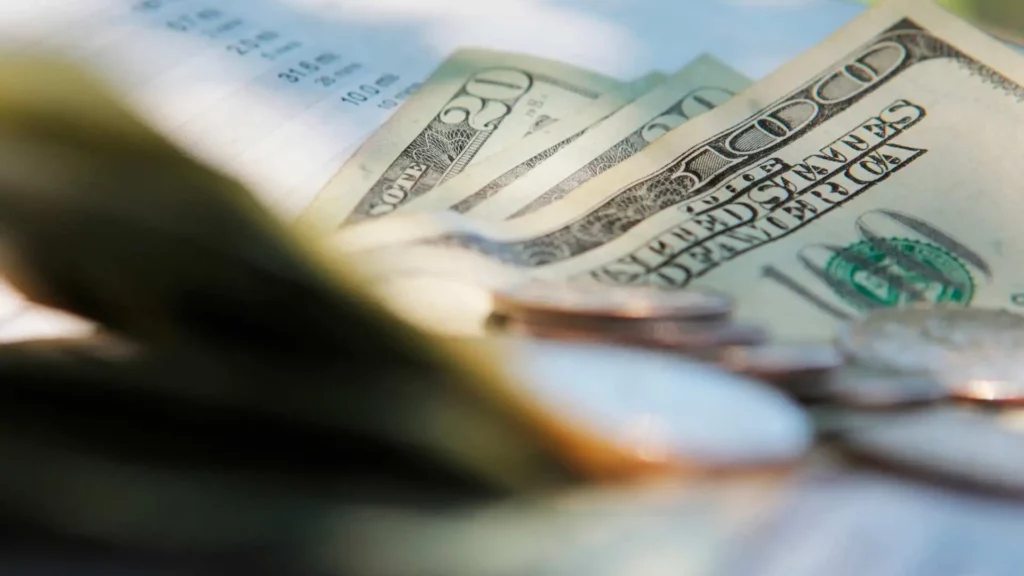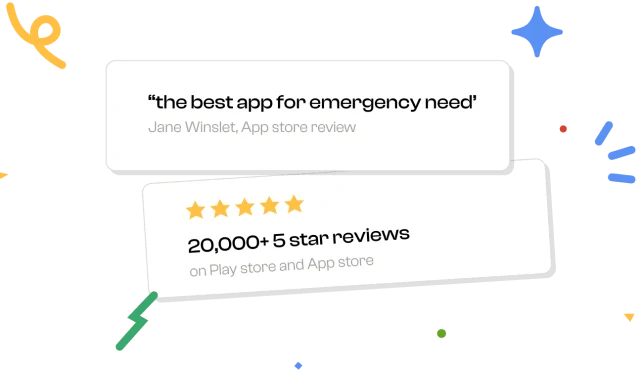If you have a credit score of 300, it means you have experienced financial problems in the past. Did you know a credit score of 300 is bad for you and could cause several problems? In this blog, we explore what a credit score of 300 means and how you can improve from a “poor” score to a “good” score.
Credit applicants with this score may need to pay the extra money, put deposits on their cards or apply for a secured credit card. Lenders will refuse to do business with people whose credit score falls in the “poor” range, which translates to unfavorable credit. Getting loans, financial assistance or even securing your financial future will be difficult with a credit score of 300.
Now that you know your credit score’s current status at the 300 mark, let’s dive deeper into understanding it better and finding ways to improve it.
Is a 300 Credit Score Good or Bad?
Unfortunately, a credit score of 300 is considered to be bad. FICO and Vantage, the two main companies responsible for the credit score model, have placed a score of 300 in the low credit score range. According to Experian, a credit score of 300 falls in the “poor” range (300 to 579).
also know about: How to Do a Free Credit Score Check?
What Impacts Your 300 Credit Score?
While seeing a credit score of 300 on your credit report may be disheartening, it is also essential to know how you got there. The first step is to know and identify all the factors affecting your credit score. Some of the factors affecting your credit score of 300 may be:
- Publicly available information
- Credit Utilization Ratio
- Late or missed payments
- Credit history duration
- Credit mix and total debt
- Recent credit activity on your account
We can have a pie chart here with weightage for each of the factors.
Publicly Available Information:
If you have declared bankruptcy earlier, your credit score can be impacted. A Chapter 7 bankruptcy will last 10 years while a Chapter 13 will stay for 7 years on your credit file. While there is a chance that your credit score might increase before the bankruptcy report disappears from your record, lenders might refuse to work with you because of bankruptcy billing.
Credit Utilization Ratio:
The Credit Utilization Ratio is crucial to consider when improving your credit score from 300. To calculate the CUR on a Credit Card, divide the balance that is outstanding by the card’s borrowing limit and multiply it by 100 to get a percentage. To calculate the overall utilization ratio, calculate balances on all your Credit Cards and divide it by the sum of borrowing limits. Keeping overall utilization below 30% of available credit is usually recommended.
Late or Missed Payments:
One of the biggest deciding factors in increasing or decreasing your credit score is how many late or missed payments you have had in the past. Before you start on the journey of improving your credit score, review your credit history and see how many late or missed payments have happened.
Credit History Duration:
Your credit history is also a consideration when calculating your credit score. The length of time you’ve been using credit affects up to 15% of your FICO score. Users new to credit users should be patient and careful because destructive behaviors can hurt their credit scores.
Credit Mix and Total Debt:
The FICO scoring model favors people with multiple credit accounts, revolving and installment credit. If you have only one kind of account and your FICO score is 300, it might help if you broaden your credit portfolio by adding another type of credit.
also know about: 500 Credit Score: How to Improve it
Recent Credit Activity on your Account:
Your credit score might drop if you repeatedly apply for new loans and credit cards. Some companies trigger a hard inquiry check when you apply for loans or credit cards. During the hard inquiry, they get your credit score to determine whether you can qualify for a credit line. Hard inquiries impact your credit score and lead to a drop in your credit score by a few points. However, if you maintain a good credit habit, they bounce back in a few months.
See also about: how long does it take for a check to deposit
How does a Credit Score of 300 affect your Finances?
If you fall in the “poor” credit score range, it will become more difficult for you to obtain credit cards, home loans, personal loans, auto loans and other types of loans. You might also find it difficult to get mobile connections or insurance with a 300 credit score because there are a lot of checks done on your credit history.
What your life will look like with a credit score of 300:
- You may have to shell out higher interest rates and loan fees.
- You may have trouble finding a job, renting an apartment and other essentials like insurance, utilities, cable and cell phone connections.
How to Improve Your 300 Credit Score?
Moving your credit score from 300 to a fair (580-669) to a good one (670-739) might be a long-drawn process, but it is well worth it if you want to have better financial options. While there are no shortcuts to moving your credit score from 300 to 700, some of the steps you can take are:
- Pay bills on time.
- Avoid a high Credit Utilization Ratio.
- Get a Debt Management Plan.
- Obtain a Credit Builder loan.
- Apply for a Secured Credit Card.
- Set up a credit mix.
Pay Bills on Time:
If you do want to improve your credit score, ensuring you pay all your bills on time is the key. If your score is 300 and you want to increase it, this is the best way forward.
Avoid high Credit Utilization Ratio:
No matter how many credit accounts you have, you must try keeping your credit utilization below 30% if you want to avoid lowering your credit score.
Get a Debt Management Plan:
If you are having problems with your credit card bills, you might want to consider a debt management plan. A debt plan can make it easier for you to manage your debts in a way that will improve your credit score. It involves working with a non-profit credit counseling agency to establish a manageable repayment schedule for your credit cards. Remember, if this sounds too extreme for you, you can always consult a credit counselor who can help you put your finances back on track.
Obtain a Credit Builder Loan:
Multiple credit unions offer small loans designed to help NTC users build their credit. These loans help you become eligible for larger loans if you maintain the stipulated repayment behavior.
Apply for a Secured Credit Card:
A secured credit card has a small credit limit. This requires you to put down a deposit in the total amount of that limit. If you use it and make payments on time, the lender reports those activities to the national credit bureaus. Your credit files will record these reported activities, and your FICO score will reflect your behavior.
Set up a Credit Mix:
The FICO scoring model rewards people with a good number of credit accounts, with a mix of various loans, including installment loans like mortgages and car loans.
also know about: What Is a Good Credit Score to Buy a Car?
Conclusion
Yes, a credit score of 300 may be a matter of concern, but that doesn’t mean it is the end of your financial growth. You will face rejection when applying for loans and credit cards, so be prepared for it. Things will get a little difficult before they become better. But you must start somewhere if you plan on increasing your credit score to the fair range (580-669). Increasing your 300 credit score to that range can make it easier for you to access better credit options, good loans, reduced fees, and terms along with lower interest rates.
You can use Beem to boost your credit score by using the credit monitoring tool that will show you how to improve your credit score.

























